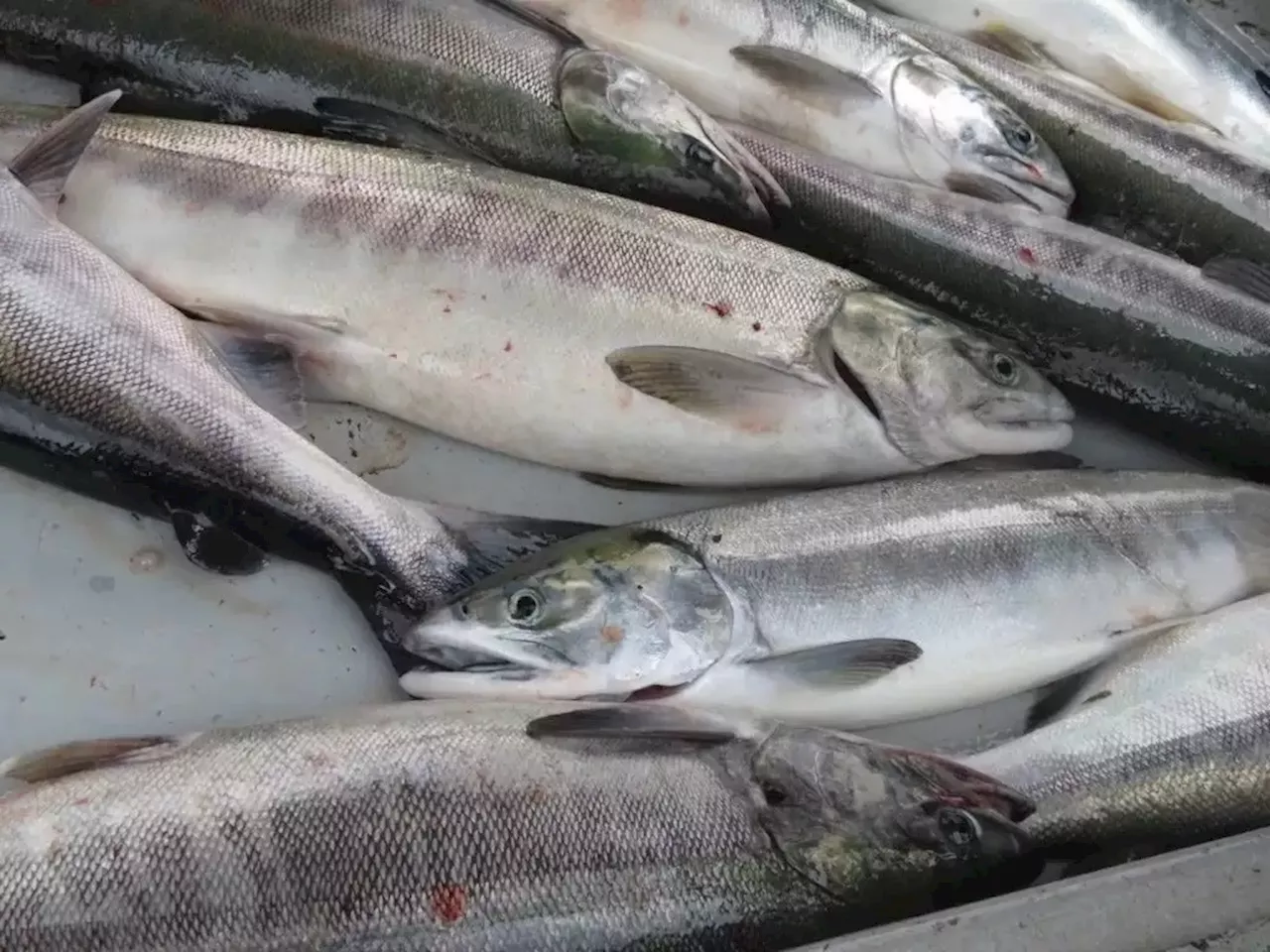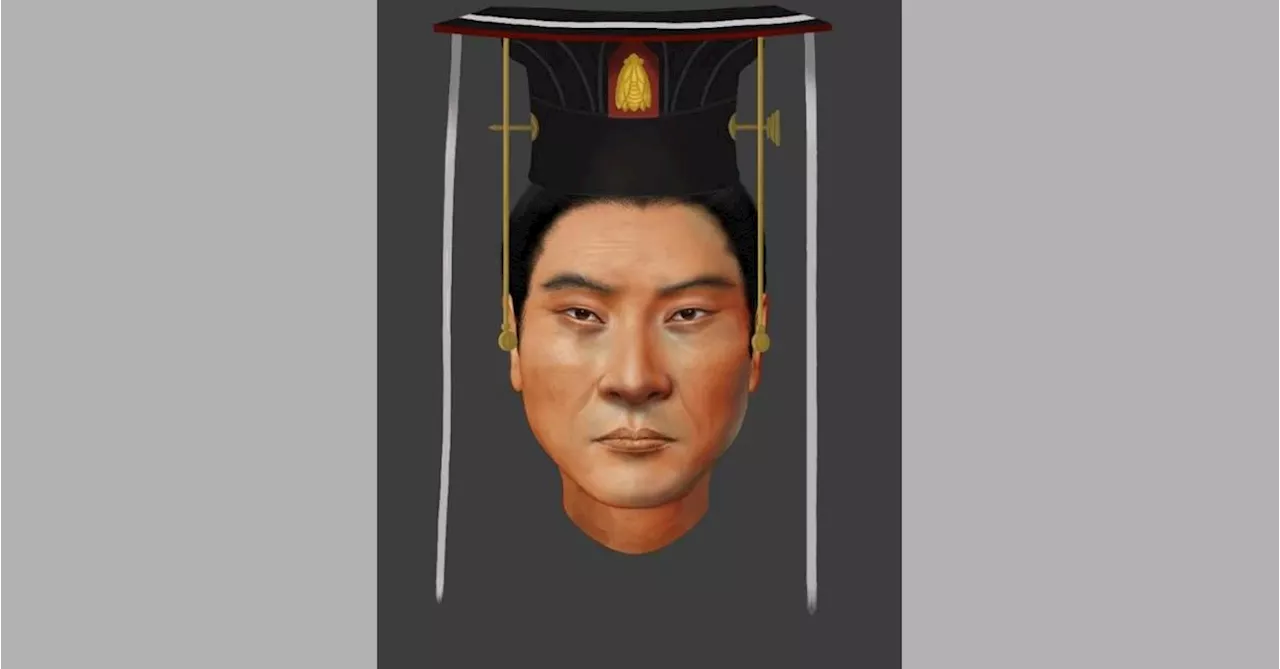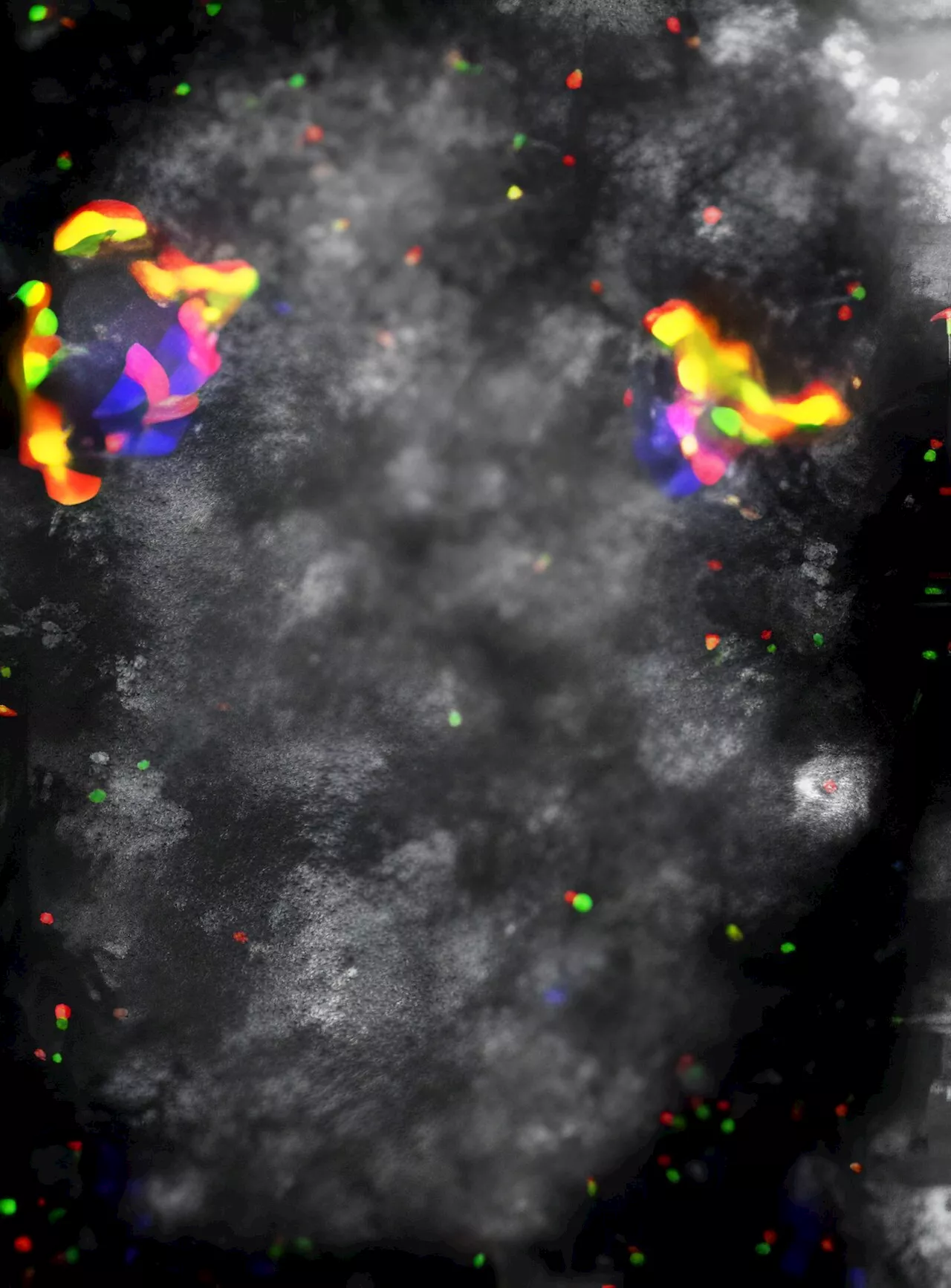Scientists at the Leibniz Institute of Plant Biochemistry (IPB) have succeeded for the first time in stably and precisely inserting large gene segments into the DNA of higher plants very efficiently. To do this, they optimized the gene-editing method CRISPR/Cas, commonly known as 'genetic scissors.
Enhanced CRISPR method enables stable insertion of large genes into the DNA of higher plants retrieved 24 April 2024 from https://phys.org/news/2024-04-crispr-method-enables-stable-insertion.html
This document is subject to copyright. Apart from any fair dealing for the purpose of private study or research, no part may be reproduced without the written permission. The content is provided for information purposes only.50 minutes agoUse this form if you have come across a typo, inaccuracy or would like to send an edit request for the content on this page. For general inquiries, please use ourThank you for taking time to provide your feedback to the editors.
Your feedback is important to us. However, we do not guarantee individual replies due to the high volume of messages.to let the recipient know who sent the email. Neither your address nor the recipient's address will be used for any other purpose. The information you enter will appear in your e-mail message and is not retained by Phys.org in any form.Get weekly and/or daily updates delivered to your inbox.
Physics News Science News Technology News Physics Materials Nanotech Technology Science
United States Latest News, United States Headlines
Similar News:You can also read news stories similar to this one that we have collected from other news sources.
 Environmental DNA offers scientists a look at salmon’s past and futureScales and other genetic material can be collected from seawater up to two days after fish leave an area, according to a new paper.
Environmental DNA offers scientists a look at salmon’s past and futureScales and other genetic material can be collected from seawater up to two days after fish leave an area, according to a new paper.
Read more »
 Environmental DNA offers scientists a look at salmon’s past and futureNOAA researchers are refining a method to collect data about what fish were present in an area, up to two days after those fish have moved on.
Environmental DNA offers scientists a look at salmon’s past and futureNOAA researchers are refining a method to collect data about what fish were present in an area, up to two days after those fish have moved on.
Read more »
 Scientists devise healthy mouse pups from two dads, without female DNAResearchers at Osaka University in Japan announced last year that they managed to develop mouse pups from the DNA of two dads.
Scientists devise healthy mouse pups from two dads, without female DNAResearchers at Osaka University in Japan announced last year that they managed to develop mouse pups from the DNA of two dads.
Read more »
 Scientists discover a key quality-control mechanism in DNA replicationWhen cells in the human body divide, they must first make accurate copies of their DNA. The DNA replication exercise is one of the most important processes in all living organisms and is fraught with risks of mutation, which can lead to cell death or cancer.
Scientists discover a key quality-control mechanism in DNA replicationWhen cells in the human body divide, they must first make accurate copies of their DNA. The DNA replication exercise is one of the most important processes in all living organisms and is fraught with risks of mutation, which can lead to cell death or cancer.
Read more »
 Scientists Reconstruct Key Chinese Emperor’s Face Using 1,500-Year-Old DNAI'm a journalist with particular expertise in the arts, popular science, health, religion and spirituality. As the former culture editor at news and technology website CNET, I led a team that tracked movies, TV shows, online trends and science—from space and robotics to climate, AI and archaeology.
Scientists Reconstruct Key Chinese Emperor’s Face Using 1,500-Year-Old DNAI'm a journalist with particular expertise in the arts, popular science, health, religion and spirituality. As the former culture editor at news and technology website CNET, I led a team that tracked movies, TV shows, online trends and science—from space and robotics to climate, AI and archaeology.
Read more »
 New genetic analysis tool tracks risks tied to CRISPR editsSince its breakthrough development more than a decade ago, CRISPR has revolutionized DNA editing across a broad range of fields. Now scientists are applying the technology's immense potential to human health and disease, targeting new therapies for an array of disorders spanning cancers, blood conditions and diabetes.
New genetic analysis tool tracks risks tied to CRISPR editsSince its breakthrough development more than a decade ago, CRISPR has revolutionized DNA editing across a broad range of fields. Now scientists are applying the technology's immense potential to human health and disease, targeting new therapies for an array of disorders spanning cancers, blood conditions and diabetes.
Read more »
